Lawn grass seed consumption

A beautiful green lawn in the park or near the house is always pleasing to the eye, but sometimes it seems that it is not so easy to grow it. This is a rather erroneous opinion, because everyone can grow a fresh lawn, the main thing is to choose the right grass and calculate the required number of seeds for the required area. Sometimes small questions arise with this.
But experts say that if you look into the issue in more detail, there will be no problems. Next, we will take a closer look at the factors that affect the required amount of seeds, find out the seeding rate, and also consider clear calculations and a ready-made formula.
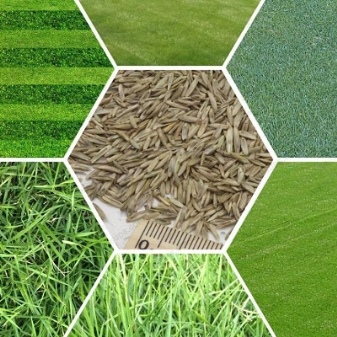
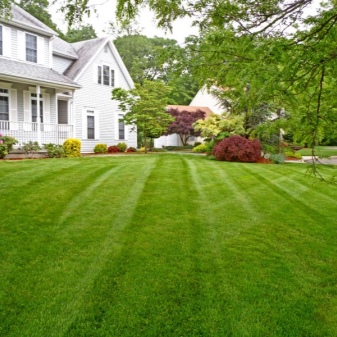
Factors affecting the number of seeds
Just taking and sowing a lawn with seeds does not mean at all - to get a high-quality result in the end. This is due to the fact that each lawn grass has its own characteristics, for example, growing in a certain region and climate. Where one grass will be green all summer, as well as in early autumn, the other may be sluggish from the first shoots. In addition, the soil is of great importance.
The correct amount of seeds will affect the beauty and density of the lawn, as well as the ability of the grass to bush, and the percentage of seed emergence will also depend on this. When making calculations, it is very important to take into account the shoots that may die during the hatching process. When self-compiling a herbal mixture of several seeds, it is extremely important to take into account the general characteristics of the selected grass varieties, as well as take into account the requirements for their planting, cultivation and subsequent care.
It is known that those plants that grow next to each other are in constant interaction, which means that they compete with each other. This factor also affects the amount of seeds for planting the future lawn.
The weight required for planting seeds can also be influenced by weeds growing in the selected area under the lawn. Any weed always competes with the lawn, although the latter takes it out quite well.
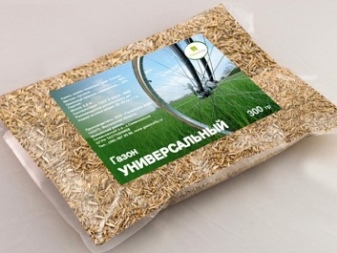
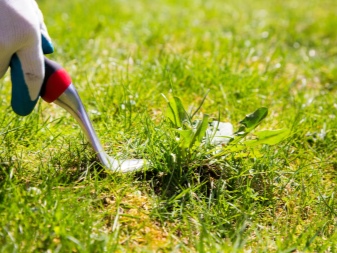
Lawn type
It is worth noting that choosing a ready-made mixture for planting or composing it yourself should be taking into account what the purpose of the lawn will be in general. The consumption of seeds will also depend on this.
- For parterre areas, it is not recommended to save on grass mixtures, because they always require timely and high-quality care. They should be lush and beautiful. These kinds of lawns, as a rule, are not intended for games, walks with animals and sports, they are very delicate and are often created for beauty.
- When creating a lawn for games, grass seeds are most often used, which are very resistant to external influences, they do not crumple over time. As a rule, specially formulated grass mixtures are used for play fields and home lawns.
- For growing a regular lawn in the garden, you can consider bluegrass or fescue seeds, they have a small expense. For decorating certain small areas, flower beds or borders, a microclover is recommended.
Summing up, we can say that when choosing seeds for the type of lawn, it is very important to take into account that the grasses are resistant to temperature changes, aesthetically pleasing, as well as capable of rapid reproduction and absorption of useful elements from the soil.
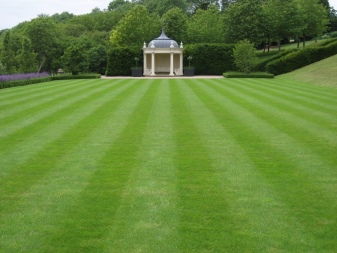

Soil quality
Not every region in Russia can boast of fertile black earth soil, on which the lawn grows beautifully, which is why breeders annually breed improved varieties of lawn grasses. They are able to grow even in the driest places and in the northern regions of the country. For example, up to 30% bluegrass is considered the norm for good green cover in grass mixtures. In order not to miscalculate with the number of seeds, as well as directly with the variety of lawn grass, it is recommended to choose grass mixtures with seeds that can easily adapt to a wide variety of soils.
In addition, before sowing the seeds, the soil can be fertilized and the necessary fertilizing added to it. These procedures will help increase seed germination. The germination of seeds can be affected by the presence or absence of a drainage system; with very high moisture, plants are exposed to various kinds of diseases, which means that many of them either will not sprout, or will be outwardly sick.
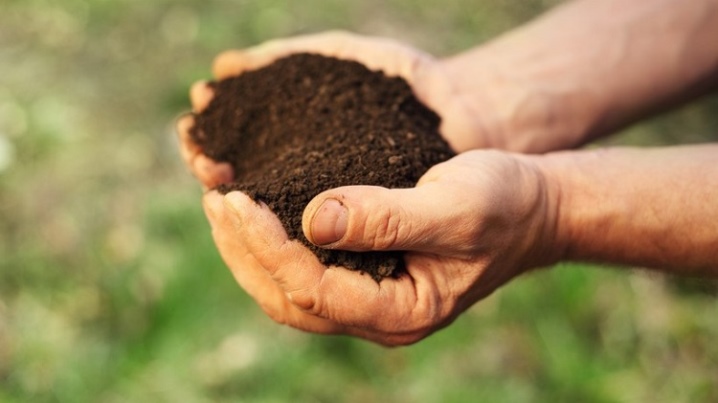
Seeding rate
It is known that quality seeds should be chosen taking into account their germination capacity. As a rule, the germination rate of lawn grasses is very high and sometimes reaches 100%. Many growers indicate the germination rate on lawn packs. It is not recommended to purchase lawn mixtures, the packaging of which says that the germination rate is only 75%. Taking into account all of the above factors that affect the consumption of seeds, very few of them can sprout, and the lawn will turn out to be scarce.
But I would also like to emphasize again that the germination is ideal only if the soil and good weather conditions are suitable for the seeds, otherwise the germination decreases, therefore, the seeding rate increases. Before calculating the seeding rate, it is important to measure the area of the future lawn. Usually, 1m2 is taken as the basis for the consumption of lawn grass seeds. It is extremely important to observe the seeding rates per square meter, because the density of the grass will depend on them in the future. It is worth noting that the quality of the seeds themselves, as well as the care of already germinated plants, can affect the consumption.
If the seeding rate is too exceeded, then this will create a deficit of friendly sunrises, young green plants simply will not have enough space and loop materials. The same applies to underestimating the seeding rate, if there are too few seeds, the lawn will be less attractive, and the grass will be sparse and unevenly growing.
It is considered that the main parameter in calculating the seeding rate is the seeding rate of each grass that is included in the grass mixture.
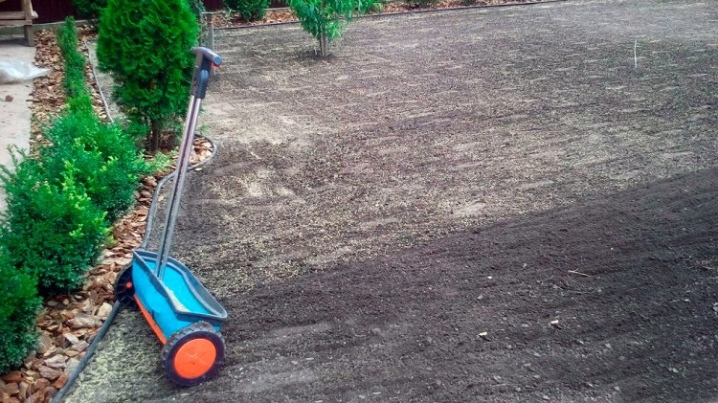
Payment
On average, about 30-50 grams of seeds are required per square meter. But there are some nuances here. Depending on the type of grass, the calculation of seeding also differs, for example, when sowing bluegrass per square meter, about 25 grams of seeds are used, but when planting ryegrass, already 30 grams, and sometimes 35 per square meter. m. Also, experts recommend paying attention to the type of soil, about 35-40 g per 1 m2 are sown on light soils, and about 45-50 g per m2 on heavy soils.
On average, 4-5 kg should be taken per hundred square meters of land, in the old days the consumption varied and amounted to 6-7 kg per hundred square meters, but many experts considered this consumption too high. Using that many seeds resulted in an overly lush green grass carpet. To be sure to calculate how many seeds you need to sow, you can use a ready-made formula: N = n * p / D.
- N. Refers to the seed rate.
- n. Seeding rate for a specific type of grass. It is calculated in kilograms per hectare.
- P. Amount of grass in%.
- D. Suitability of seeds. To calculate the consumption of all seeds that are used in the mixture, the result is summed up. As a result, the norm is obtained for this or that grass mixture.
This formula is relevant for calculating the minimum sowing rate for lawn grass seeds, in fact, experts recommend increasing the consumption several times. For example, The minimum seeding rate for red fescue is 15 g per square meter, while the optimal seeding rate in the ground is considered to be 30-40 grams. If you have doubts about calculating the amount of lawn according to the formula, or simply distrust the manufacturer for information about the germination of seeds, you can conduct a small experiment at home. To do this, it is recommended to sow 80-100 seeds at home and wait for the result. This usually takes no more than a week.


For information on how to sow a lawn correctly and what care it needs later, see the next video.



































































The comment was sent successfully.